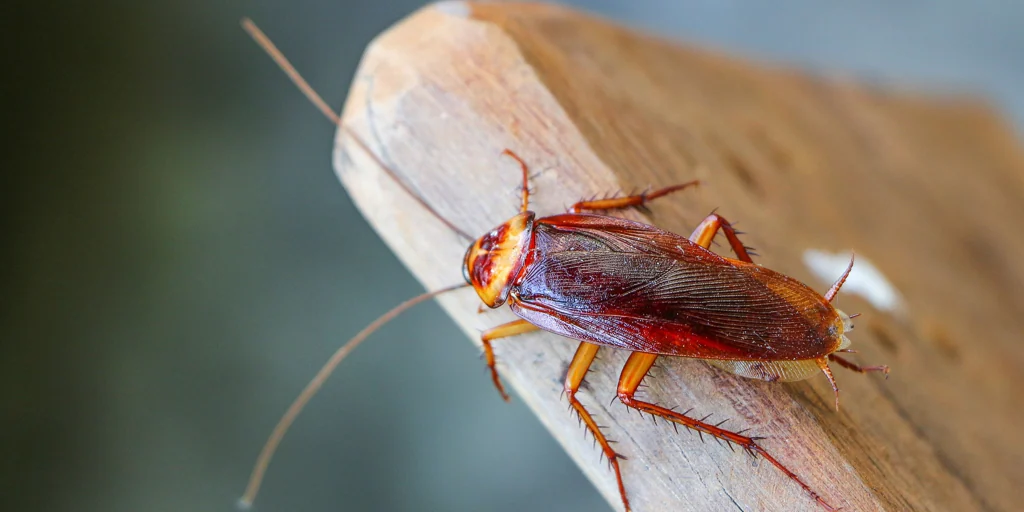This is how cockroaches managed to conquer the world

There are more than 4,000 different species of cockroaches in the world, and many of them, although not all, constantly invade our homes and workplaces. No matter how hard we try, we can’t get rid of them. In fact, cockroaches are true pros of survival , especially when it comes to interiors. They hide in pipes, behind baseboards, in false ceilings or inside forgotten and moldy drawers. But their story didn’t start that way.
Now, a new study led by researchers at Boston University and published in PNAS (Proceedings of the National Academy of Sciences) has used genetics to trace the distribution of cockroaches around the world, from Southeast Asia to Europe, the Americas and beyond. The work covers thousands of years of cockroach history, and suggests that the insect may have spread across the planet by connecting with another species: our species.
First Europe, then the world
Swedish biologist Carl Linnaeus was the first scientist to describe cockroaches, which he called cockroaches, in 1776. Blattella germanica. “But they did not originate there – explains Qian Tang, an evolutionary biologist at Harvard University in Boston and the first signatory of the article – although they were domesticated there, and then began to spread throughout the world.
Tang and his colleagues analysed the genes of more than 280 cockroaches from 17 countries and six continents, using the similarities and differences between their genomes to estimate when and where different populations may have established themselves. In this way, they confirmed that the so-called ‘German cockroach’, a species that can be found everywhere today, actually originated in Southeast Asia and probably evolved from the Asian cockroach about 2,100 years ago.
Later, about 1,200 years ago and accompanying humans on their commercial and military routes, B. germanica moved from the West to the Middle East. And it is possible that it also hid on the Dutch and British trade routes from the East Indies to reach Europe about 390 years ago, in the middle of the colonial period, according to scientific reconstructions and historical records.
Once here, cockroaches immediately began to benefit from inventions such as the steam engine, which allowed them to travel to new and distant areas, and from indoor plumbing in buildings, which allowed them to live comfortably even in very cold climates. In this way cockroaches became accustomed to living indoors, where they are most commonly found today.
According to the study, the success of German cockroaches is attributed to their extraordinary adaptability. In fact, they are difficult to keep away because they are able to evolve very quickly to resist all kinds of poisons and pesticides and even the intense radiation that follows a nuclear explosion.
Cockroaches have no problem adapting to highly modified environments such as human cities. In addition, they have a short reproductive cycle and are exceptionally opportunistic, taking advantage of any place to live or traveling in trucks, planes and boats and thus spreading everywhere. In short, a perfect combination of ingredients to make a species extremely successful in the ‘human’ world.
